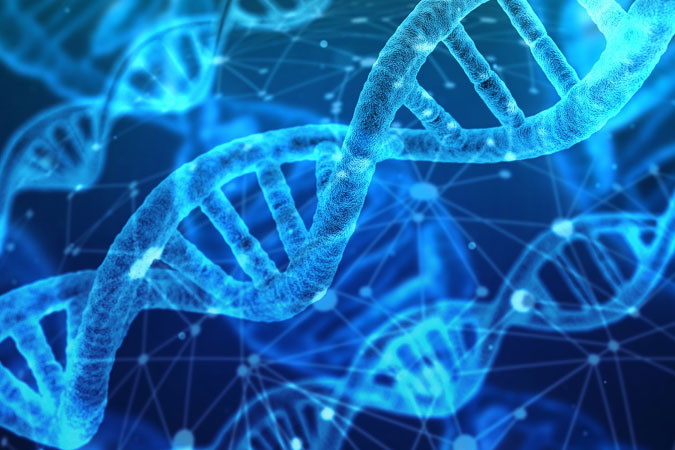
That young people are leaving the Catholic faith doesn’t seem to be “news” anymore as surveys continue to record diminishing attendance among the younger generations. What is news, however, is the age at which young people decide to leave the Catholic faith and the role that science plays in their decision to leave.
According to surveys conducted by CARA (Center for Applied Research in the Apostolate), the typical age for a young person to leave the Catholic faith was around the age of 13 but as young as 10. Nearly two-thirds of those surveyed, 63 percent, said that they stopped being Catholic between the ages of 10 and 17. Another 23 percent say they left the faith before the age of 10. Staggeringly, only 13 percent said that they were ever likely to return to the Catholic Church.
Interviews reveal that many young people decided to leave because of their perceived understanding that Catholicism does not support a scientific worldview. As one interviewee stated, “Catholic beliefs aren’t based on fact. Everything is hearsay from back before anything could be documented, so nothing can be disproved, but it certainly shouldn’t be taken seriously.” Another said “that religion is in complete contradiction with the rational and scientific world, and to continue to subscribe to a religion would be hypocritical.” We have a lot of work to do to answer these objections to the Catholic Church.
So what can you do as a catechist to help young people understand that faith and science cannot only coexist but complement one another?
- Create a comfortable environment. Strive to create a warm, secure environment in the classroom that fosters critical thinking balanced by prayerful dialogue and personal witness. Encourage students to converse with each other and ask questions about faith and science. Listen for areas where there is a need to clarify the teachings of the Church and provide specific examples.
- Resource yourself. We as Catholics must equip ourselves with good information so that when we build relationships with young persons, we are willing to attest to our faith and answer their questions convincingly. This is no time to give a watered-down version of Catholicism or the terminology or the teachings of the Church. If you do not know the answer, let your students know that you need a bit of time to find out more information and get back to them.
- Speak factually about the Church’s positive contributions to the world of science. If the Catholic Church opposed science, we would expect to find no or few Catholic scientists and no sponsorship by the Catholic Church of scientific studies or institutions. And yet our Catholic tradition is replete with them! Speak often and purposefully about these positive contributions.
- Introduce your students in elementary and middle school to the great Catholic scientists. Rather than waiting until high school, elementary school is a particularly good time to introduce young Catholics to the rich heritage of Catholic learning in the area of science. Historically, Catholics are numbered among the most important scientists of all time: Augustinian priest Gregor Mendel is considered to be the founder of modern genetics; George Lemaitre, priest and physicist, was the originator of the “Big Bang” theory. Share their stories with your students.
Reaching young people for Christ requires a multi-faceted approach using strong parent formation, effective and convincing social media, and constant invitation and outreach to Catholic families. Relationship building, providing opportunities for young people to encounter Jesus through witness, and sharing and giving young people solid, well-reasoned answers to their questions are critical. Clearly young people are hungering for meaning and desire to understand their world. When they meet us as catechists, let them see in us Jesus, who said, “Let the little children come to me, and do not stop them; for it is to such as these that the kingdom of God belongs.” (Luke 18:16)
The data is from a report called “Going, Going, Gone: The Dynamics of Disaffiliation in Young Catholics.”





Thanks Julianne, for the great article about how to help others who are searching for Truth and have trouble seeing how the roles of science compliment our understanding of faith.
Thanks for the very informative article. As teaching it is our responsibility to make sure we have the right information to give the children. I try to get the best information I need.